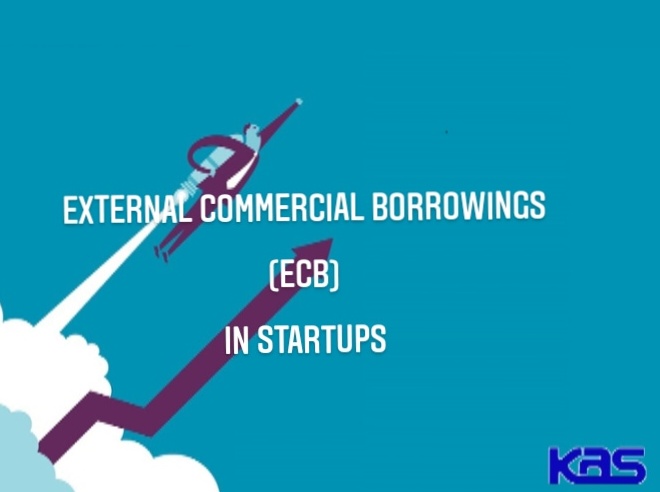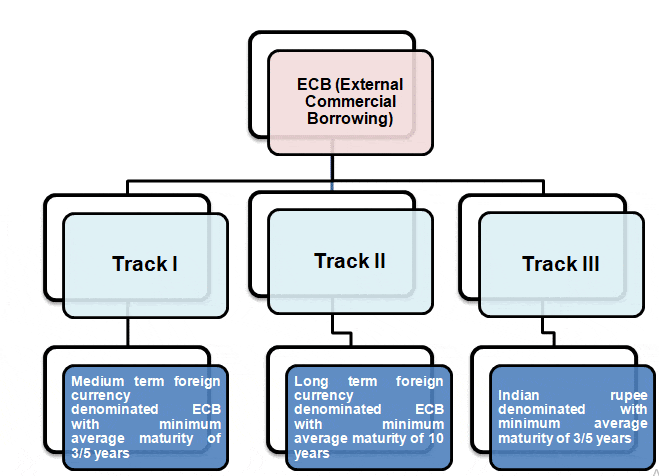In the realm of international finance, the dance between foreign exchange rates (forex rates) and external commercial borrowings (ECBs) is often a complex and volatile tango. ECBs, crucial avenues for businesses and governments to access international capital, are significantly influenced by the dynamic nature of forex rates, creating a landscape rife with both potential benefits and risks.

Image: kritiadvisory.com
ECB refers to loans obtained from non-resident lenders by domestic borrowers, including corporations, financial institutions, and sovereign governments. These borrowings are often used to fund large-scale investments, infrastructure projects, or bridge temporary financial gaps. The allure of ECBs lies in the potential to access funds at lower interest rates or more favorable terms compared to domestic sources, especially when the cost of borrowing aligns favorably with the local currency’s value.
The Two Faces of Forex Volatility
However, the ebb and flow of forex rates can significantly alter the dynamics of ECBs. A strengthening currency against the borrowed currency can reduce the cost of servicing and repaying the debt, effectively making it cheaper for the borrower. This currency tailwind can stimulate economic growth and improve the borrower’s financial standing.
Conversely, a weakening currency against the borrowed currency can exacerbate the cost of ECBs, increasing the burden of interest payments and principal repayments. In extreme cases, severe currency depreciation can trigger default or financial distress for borrowers, as they grapple with rising repayment obligations. Thus, the volatility of forex rates injects an element of uncertainty into the equation.
Navigating the Turbulent Waters
Given the potential impact of forex volatility on ECBs, borrowers and investors alike must understand the interplay between these factors. Prudent risk management strategies include:
- Currency Hedging: Employing financial instruments like forward contracts or currency swaps to mitigate the risk of adverse currency fluctuations.
- Matching Currency Denominations: Borrowing in the currency in which revenues are generated, thereby reducing exchange rate risk.
- Diversification of Borrowings: Spreading ECBs across multiple currencies to reduce the impact of any single currency’s volatility.
- Economic and Political Analysis: Monitoring economic and political developments that may influence forex rates, such as interest rate differentials, inflation rates, and geopolitical events.
The Evolving Landscape: Managing Risks and Exploiting Opportunities
The landscape of ECBs in the face of forex volatility is constantly evolving. Central banks, financial regulators, and international organizations play a critical role in shaping this landscape by implementing policies that aim to stabilize currencies, promote transparency, and enhance risk management practices.
As economies become increasingly interconnected and global trade flourishes, ECBs will likely remain a vital instrument for tapping into international capital markets. By embracing innovative financial tools, diligently managing currency risks, and understanding the macroeconomic forces at play, borrowers and investors can navigate the turbulent waters of forex volatility, unlocking the potential benefits while mitigating the inherent challenges.

Image: enterslice.com
How External Commercial Borrowings Are Affected By Volatile Forex Rates
Conclusion
The dance between ECBs and forex rates is a testament to the complex interplay between international finance and currency dynamics. By understanding the potential impact of volatile forex rates on ECBs, borrowers and investors can equip themselves with the knowledge and strategies necessary to seize opportunities and weather financial storms. A keen eye on the currency markets and a proactive risk management approach are the keys to harnessing the benefits and mitigating the risks associated with ECBs, contributing to financial stability, economic growth, and global prosperity.






